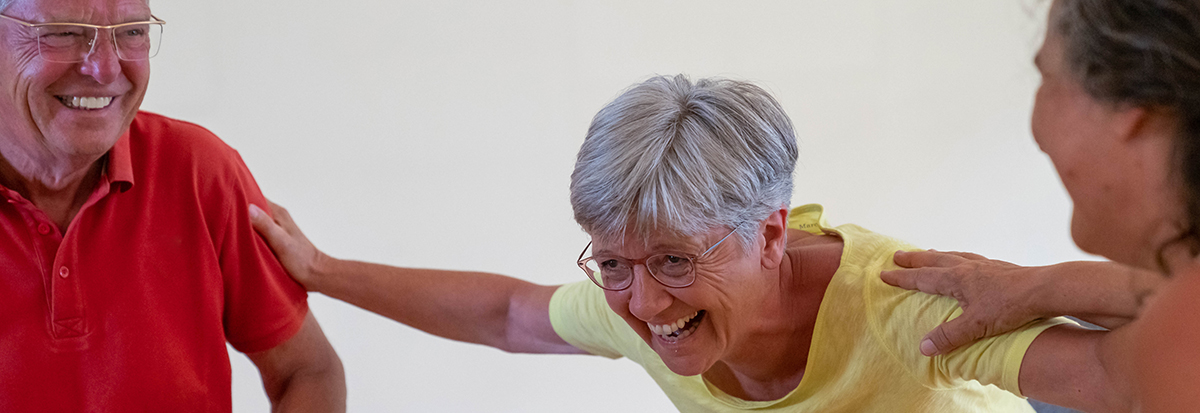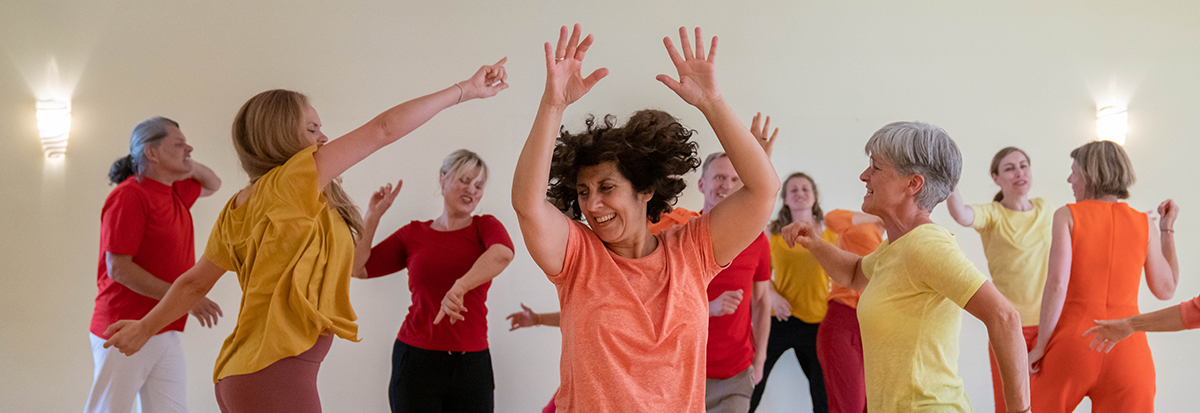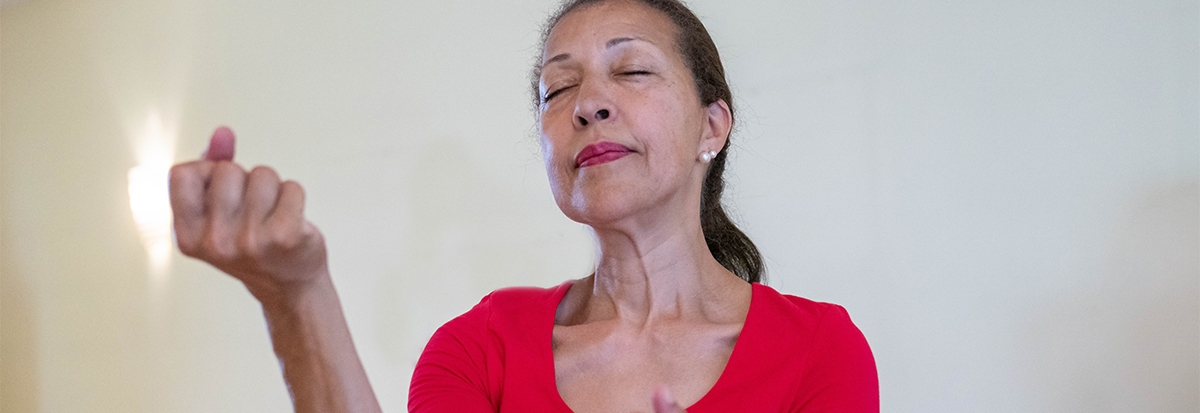Seite nicht gefunden!
Die von Ihnen aufgerufene Seite ist nicht oder nicht mehr vorhanden. Alle derzeit verfügbaren Inhalte können über das Navigationsmenü links aufgerufen werden.Aktuelles
06.02.2026 MV 2026 IN BERLIN
Wir treffen uns vom 06. bis 08.02.2026 in Berlin! Workshops + MV
07.02.2025 MV in München-Freising
30 Jahre BTD! Mit vorgeschalteten Workshops begehen wir das Jubiläum und die MV. Save the date!
Archiv: 2026Archiv: 2025
Archiv: 2024
Archiv: 2023
Archiv: 2022
Archiv: 2021
Archiv: 2020
Archiv: 2019





